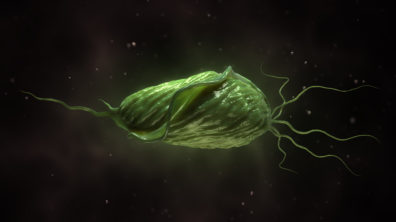
Healthcare-associated infection (HAI) - May 01, 2021
Comparative approach of C.difficile laboratory diagnostic techniques
Clostridioides difficile laboratory diagnostic techniques: a comparative approach of rapid and molecular methods
Thais Simões Camargo 1, Moacyr Silva Junior 1, Luis Fernando Aranha Camargo 1, Veronica Pivetta Biotto 1, André Mario Doi 2, Paula Celia Mariko Koga 1, Carolina Nunes França 3, Marines Dalla Valle Martino 1
May 2021
Abstract: Clostridioides difficile infection is a public health problem because of it is easily spread; with harmful consequences, it is essential to reduce hospital costs and prevent its dissemination by having a precise diagnosis. The gold standard for its diagnosis is polymerase chain reaction (PCR); however, the technique is not available for all laboratories due to the high cost. New approaches using non-molecular tests to detect C. difficile and toxin A/B production has been proposed to improve cost benefits. The objective of this study is to compare molecular methods (PCR) and rapid methods (immunochromatographic test and enzymatic immunoassay).
A series of tests comprising these diagnostic techniques was performed with 50 patients with a clinical diagnosis for Clostridioides difficile on GeneXpert® devices test; a calculation of the sensitivity was executed, followed by a comparison of the efficiency of all techniques. Greater sensitivity was observed in the PCR-based methods (BD MAX™ and BioFire FilmArray®) and the GDH-based assays (RIDASCREEN® and Alere Techlab®).
The proposed algorithm represents minor monetary disadvantages but a significant temporal optimization of 10%. Future studies concerning both positive and negative results could be advantageous because of the possibility of calculating more method concordance indexes, such as the specificity and Kappa index, in addition to being able to indicate a monetary profit if the proposed algorithm was applied due to the nonproceeding PCR cases.













